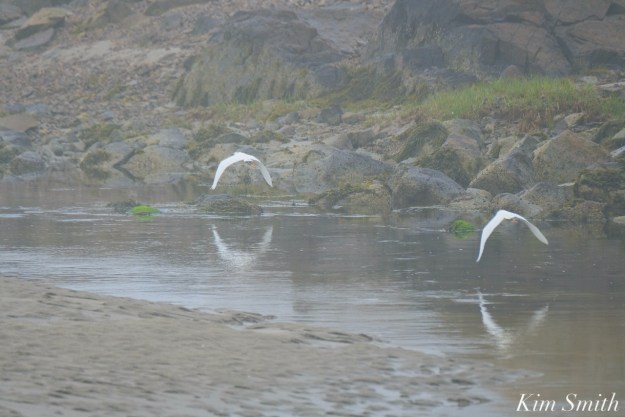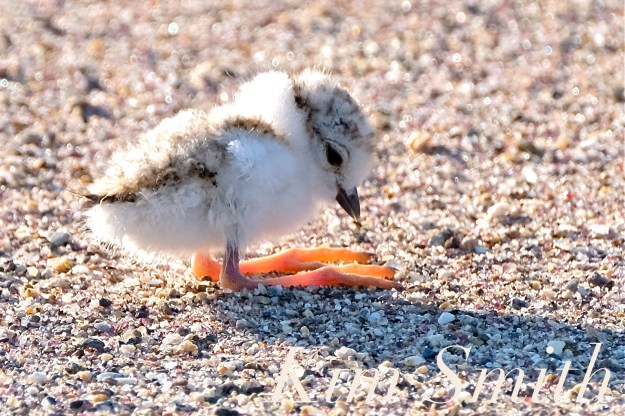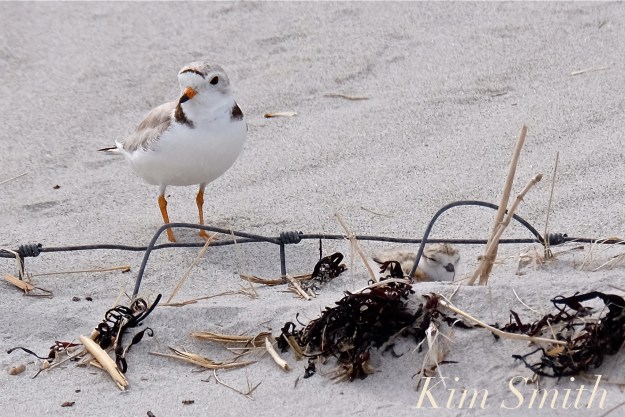The main reason why we have become increasingly reluctant to publicly share information about the Piping Plover families nesting at Good Harbor Beach is because of photographers. We want to help educate the community and share their beautiful life story unfolding but on the other hand, sharing information and images entices folks who are not as conscientious as you or I would hope. I think most of our local photographers, filmmakers, and well-wishers are very sensitive to giving wildlife their space but out-of- towners, not so much.
The one morning I wasn’t able to stay for my full shift at GHB, a photographer parked herself for several hours smack dab in the midst of the primary Plover area where they traverse back and forth. When the next Ambassador came on duty there was a great deal of confusion locating chicks with their respective parents and I can’t help but wonder if having a stranger stationed for several hours precisely where they are accustomed to foraging displaced the chicks.
One need not bring a blanket and sit right on top of the Plovers, especially when one has a ginormous telephoto lens. Please stop by, take a few photos from a comfortable distance, and then please, move on. Folks don’t realize too that sitting on top of the baby birds like this also attracts Crows and Gulls, especially in the early and later part of the day when there are few other humans around for the C and Gs to swipe food from. I am quite sure the photographer knew that she was not following good wildlife observing guidelines because the minute she saw me coming as I returned to the beach, she packed up her blanket and gear.
Next year we are going to request the DPW pull the roping out further into the beach. The symbolically roped off area does not need to be quite as wide as it is, but for the general safety and well-being of the PiPls, it needs to be deeper. However, in the meantime, especially early and late in the day when the Plovers are mostly feeding, please give the baby birds the space they need to forage. These few weeks they are at Good Harbor Beach are the most critical days of their little lives. They need lots and lots of space to continuously forage to fatten up for the long journey south. Thank you!























































































































































































































